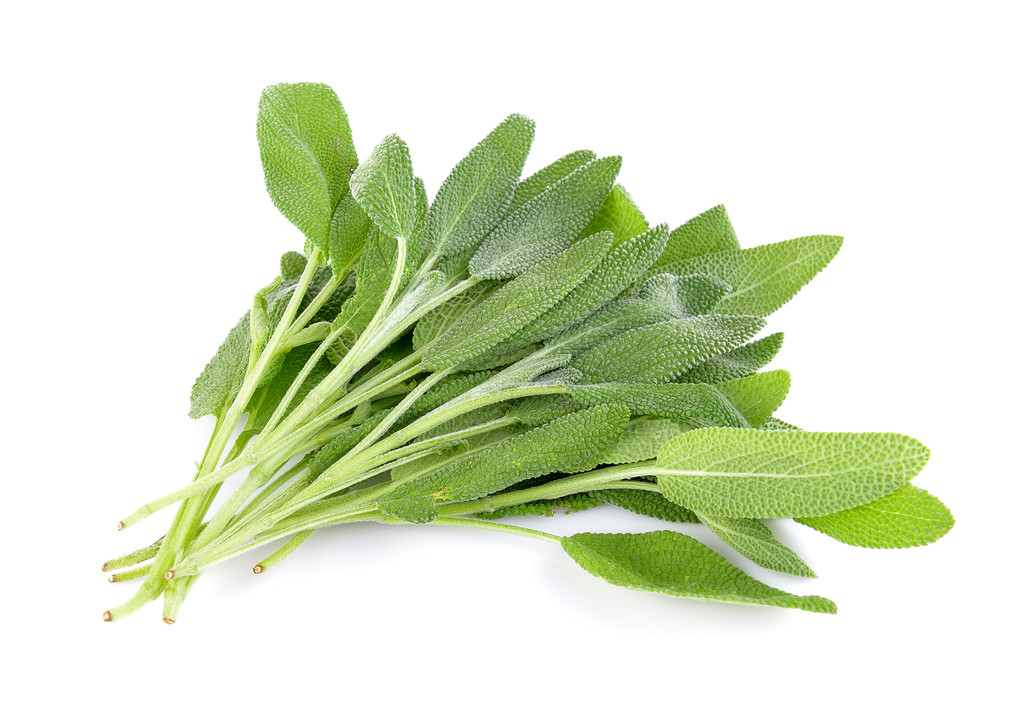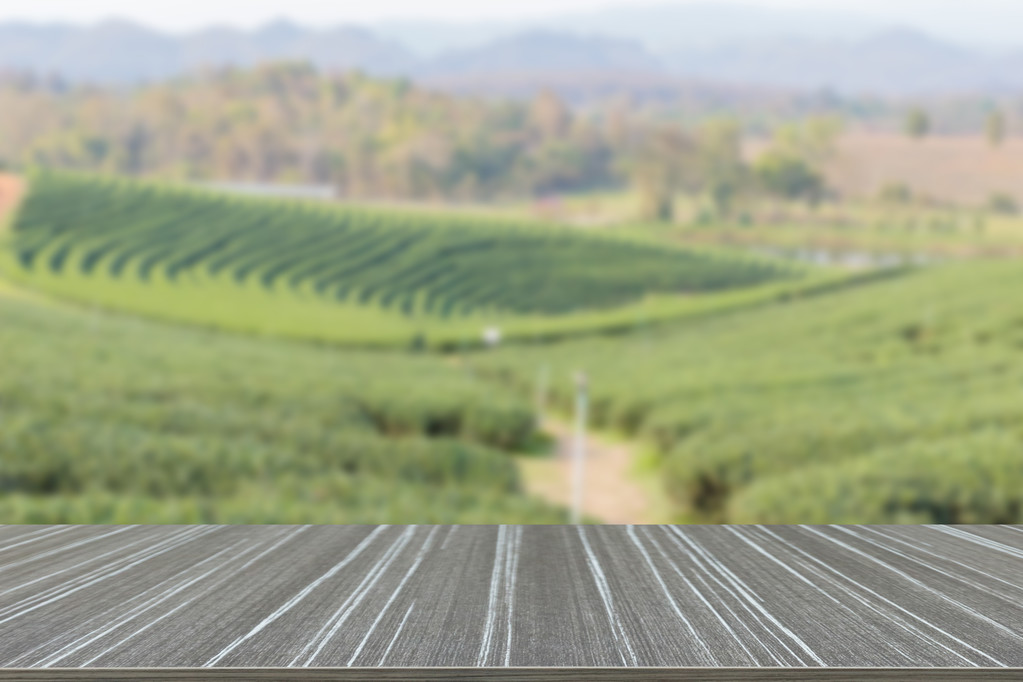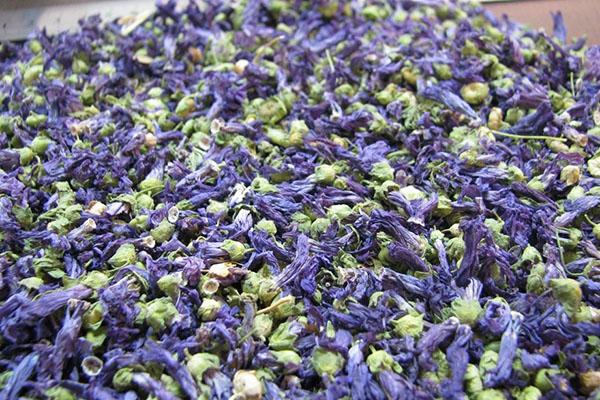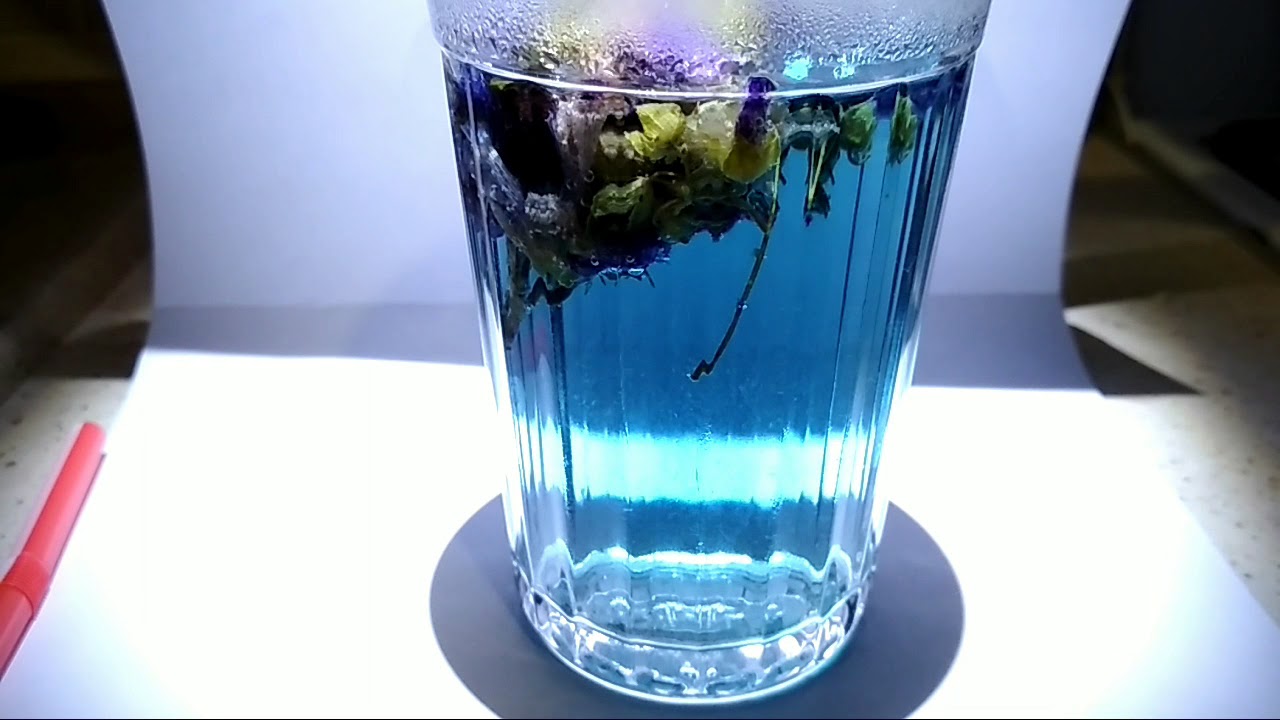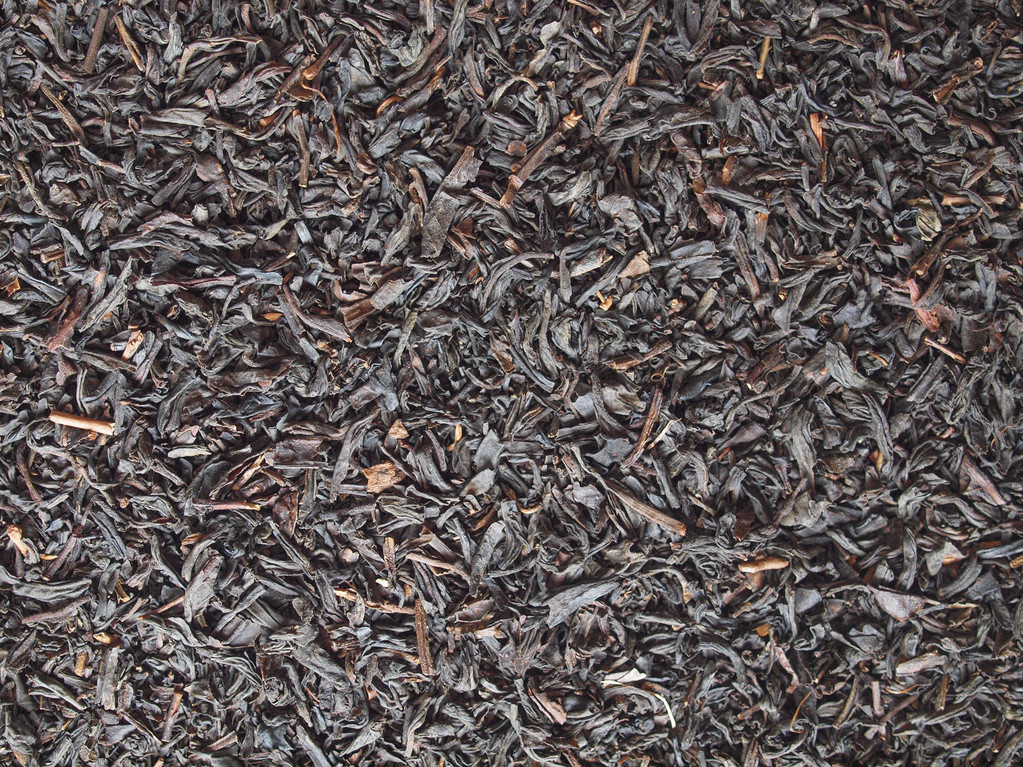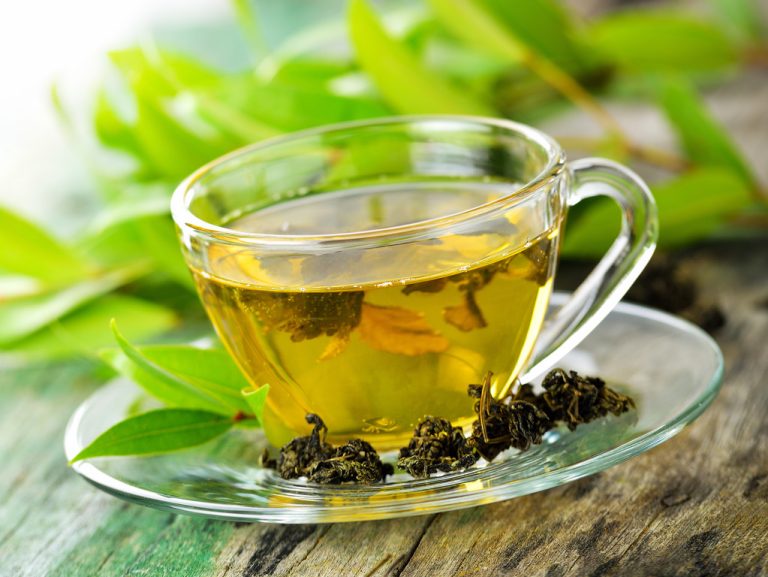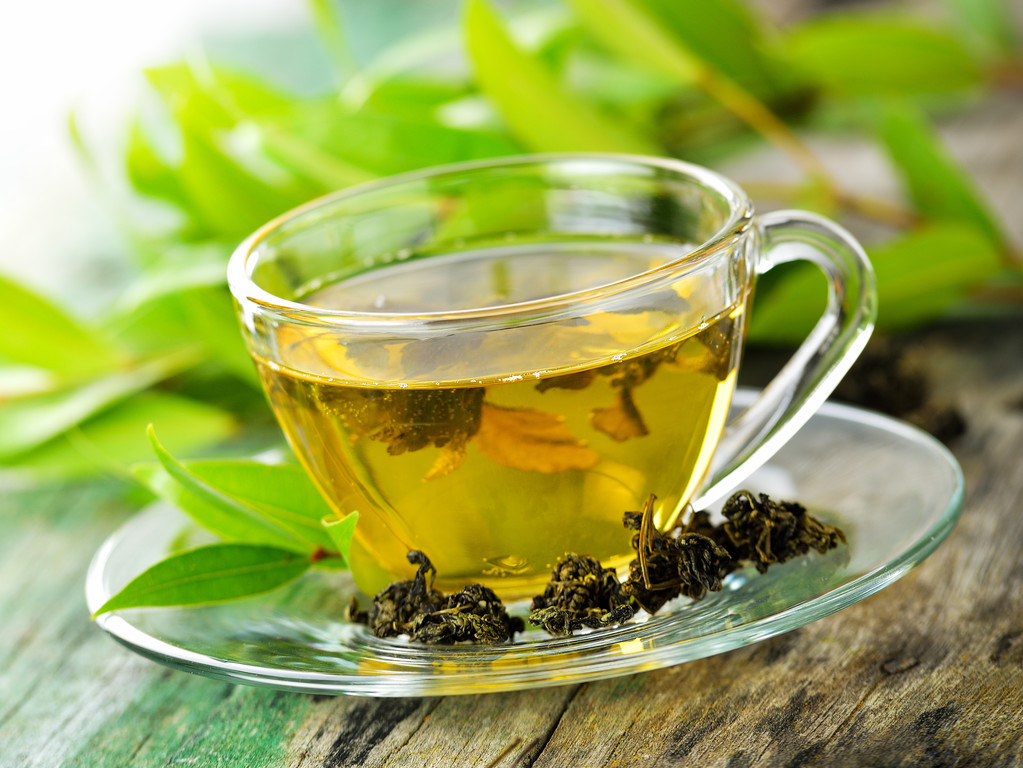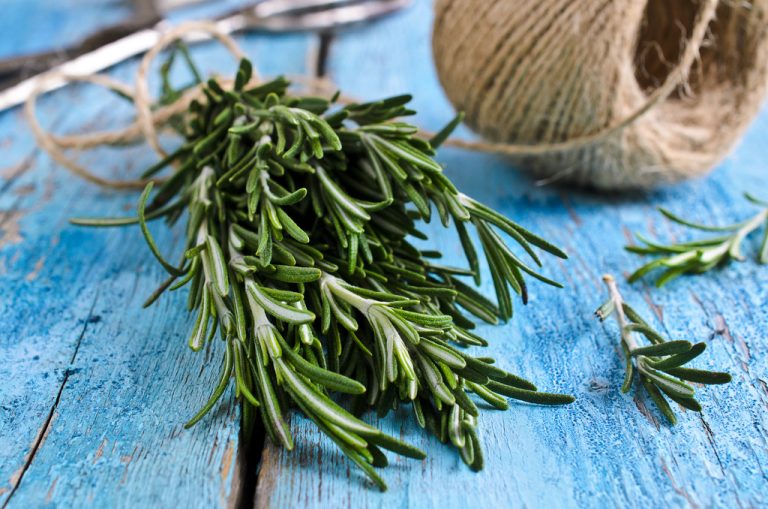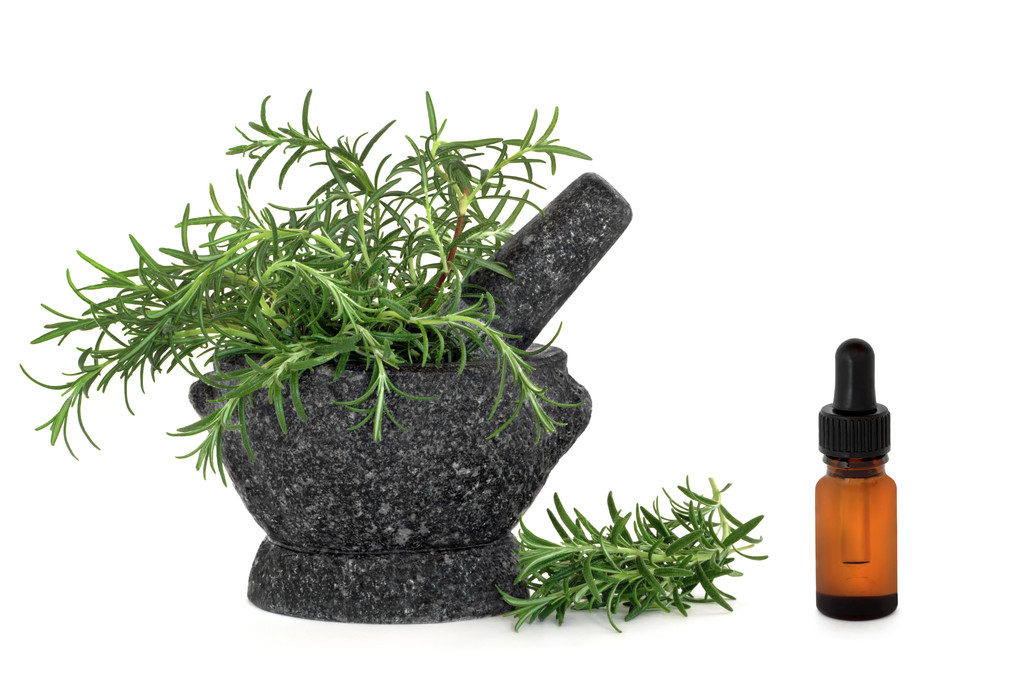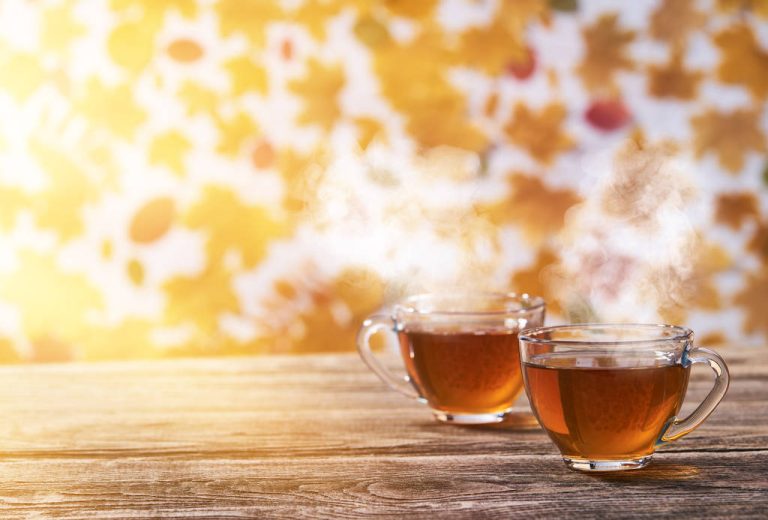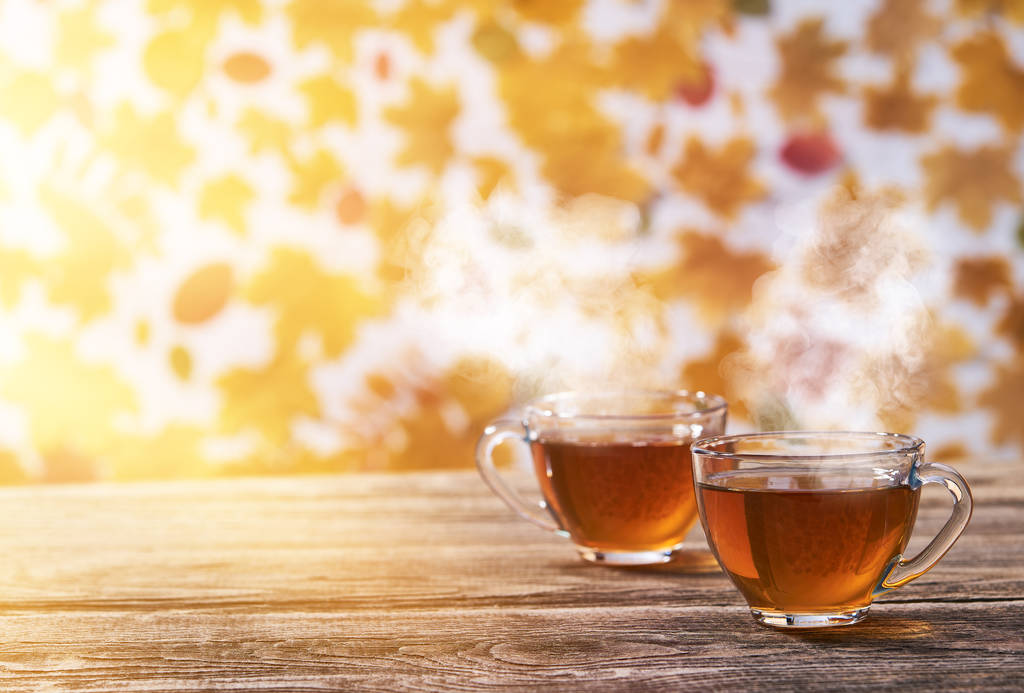The use of tea tree oil as a natural home remedy offers a wide range of possibilities. Because the healing effect of tea tree oil benefits the body and mind. Now alleviate health problems with the miracle oil.
Tea tree oil has become an integral part of everyday life for many people. The natives of Australia used the oil as a remedy. Tea tree oil is available in health food stores and drugstores. Find out here what you can use it for.
Ways to use tea tree oil
The tea tree oil application is useful in a variety of areas. Because its healing effect can benefit the body and the mind at the same time. It is therefore worth having this wonderful oil in the household. Consequently, we have collected the most important application tips:
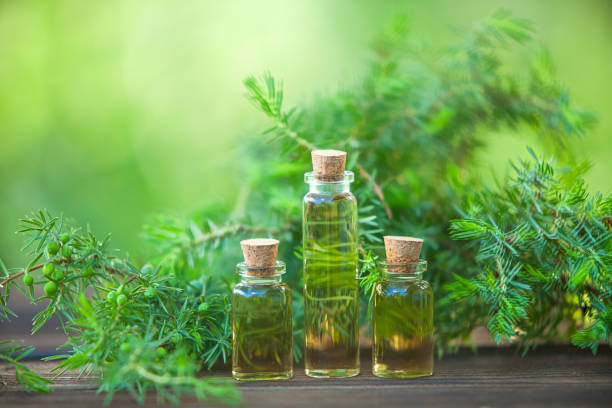
1) Tea tree oil for wounds
For minor wounds, such as small burns or cuts, tea tree oil can support the healing process. Simply apply a few drops of oil to the wound. Then put a plaster over it to speed up the healing of the wound. The antibacterial and antiseptic effect is said to prevent inflammation. Consequently, you can use it to effectively treat blisters on your feet.
2) As a home remedy for pimples
Due to its antibacterial effect, the miracle oil is very suitable for treating skin impurities such as blackheads and has an anti-inflammatory effect. Consequently, it is an effective home remedy for pimples. Therefore, apply some oil to the affected areas. Then leave it on overnight. Because the oil can dry out your skin, avoid applying it to a large area all over your face. Therefore, it is best to use a cotton swab or a cotton pad. Also, read our tips against large pores.
3) Tea tree oil for herpes
Likewise, tea tree oil is an effective remedy for herpes. In order to be able to fight herpes, you have to dab it with the oil several times a day. The antibacterial effect should also fight viruses. It also promotes wound healing. Thus, the annoying cold sores should disappear quickly.
4) Treatment of insect bites
A tea tree oil application is also advisable for itchy, annoying insect bites. Because the itching is reduced by the oil. The oil also reduces the risk of inflammation because it has an antibacterial effect. Therefore put 2 – 3 pure drops of the remedy directly on the sting and let the tea tree oil effect surprise you.
5) Tea tree oil for sore throat
The healing effect of tea tree oil helps you to effectively fight a sore throat or hoarseness. In addition, it works as a home remedy for cough. So use the oil and get quick relief. To do this, mix 5-10 drops of tea tree oil in a glass of warm water and gargle with it morning and night.
6) Fight mold with tea tree oil
If you have mold in your home, you should take urgent action to prevent it. And tea tree oil is very good for fighting mold. Thus, dilute 10ml of the oil with 500ml of water. Then pour the mixture into a spray bottle. You can then spray the affected areas generously with it. This will kill the fungi. Since tea tree oil smells very intense, you should ventilate the room well afterward.
7) Miracle oil as a defense against head lice
When your child goes to school or daycare, they can easily get head lice. If you want to prevent the infestation of these annoying parasites, you can treat your child’s scalp with a few drops of tea tree oil when washing their hair. Experience has shown that children treated in this way are less susceptible to head lice. If it is already too late, also note our natural home remedies for head lice.
8) Tea Tree Oil for Warts
If you have an unsightly wart on your body, you can use the effective home remedy tea tree oil to get rid of it. Apply tea tree oil to the affected area twice a day. As a result, the wart will gradually begin to disappear. But this process can take a few weeks. You can also get rid of your warts by using garlic.
9) Get rid of bad breath with tea tree oil
This natural home remedy is also suitable for fighting bad breath. So you don’t have to buy mouthwash. Instead, you can make your own mouthwash using tea tree oil. To do this, add a few drops of oil to a glass of water and rinse your mouth with it after brushing your teeth. But make sure you swallow as little as possible. You can also prevent tooth decay and plaque with the antibacterial effect of tea tree oil.
10) Doing the laundry with the miracle oil
If you want to wash your laundry hygienically, you don’t have to use a special detergent. Instead, you can use tea tree oil as an environmentally friendly detergent alternative. Accordingly, simply add 10-20 drops of tea tree oil to the washing machine and wash your laundry as usual. Such a hygienic wash cycle can be extremely useful, especially after illness.
11) As a home remedy for athlete’s foot and nail fungus
As already mentioned, miracle oil has an antifungal effect. Therefore, you can use it to treat athlete’s foot and as a natural home remedy for toenail fungus. But this home remedy is only a supplementary treatment method. If you have a severe fungal infestation, you should definitely see a dermatologist and have yourself treated!
12) Tea tree oil for flaky scalp
An itchy and flaky scalp can be very stressful in the long run. Therefore, use the oil as an effective remedy for flaky scalp. Because the anti-inflammatory effect soothes your scalp. Accordingly, add about 5 – 10 drops to your shampoo and wash your hair with it. In addition, note our ideas for making shampoo yourself.
13) To relieve colds
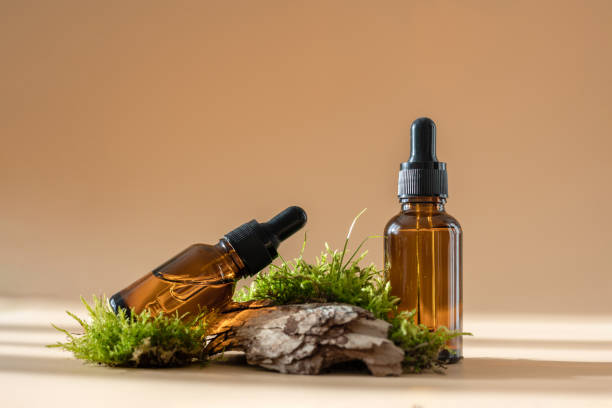
Since it relieves many symptoms of a cold, it is the perfect home remedy for colds. As a result, as already mentioned, you can use it to fight coughs and sore throats. You can quickly regain your strength by using tea tree oil and effectively accelerate the recovery process.
14) Get rid of a cold with tea tree oil
If you suffer from a cold, you can fight the cold quickly by using effective oil. To do this, add a few drops of the oil to hot water. Then inhale the vapor for a few minutes. This treatment also has a positive effect on the sore skin around the nose.
15) Treat corns
Foot baths help get rid of corns. You can add a few drops of the oil to the water in your foot bath. Then you can carefully remove the softened callus of the corn with a pumice stone.

